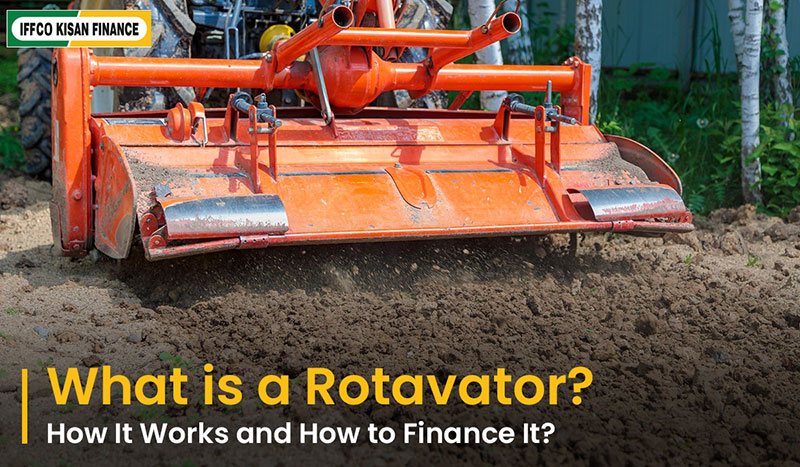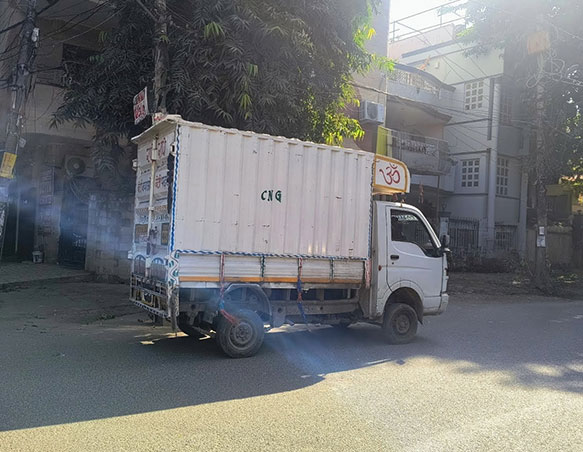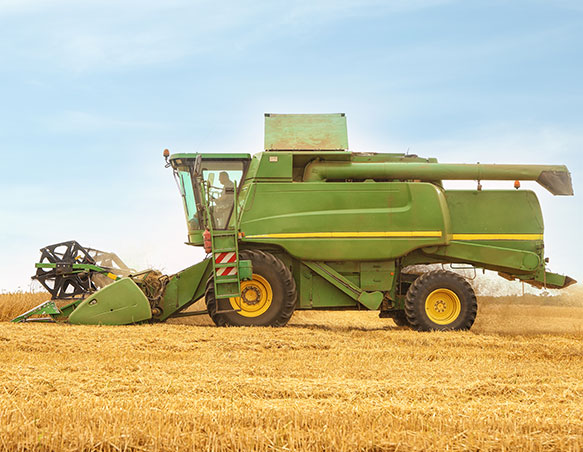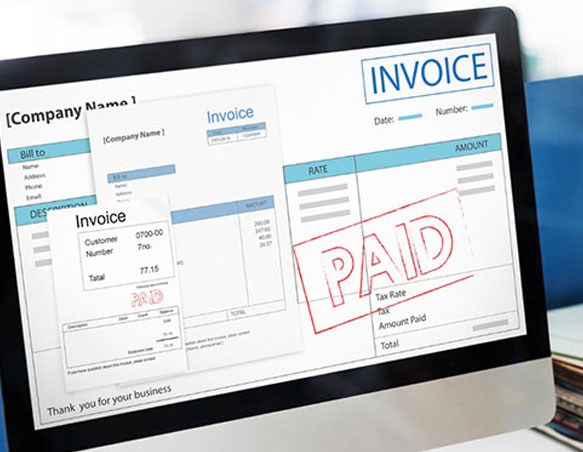Apply Now
Pay Online
Enter Mobile Number
haven't received OTP yet? Resend
Let’s Get Started – Just Enter Your Loan Account Number or Application Number
| Application Number | |
| Loan Account Number | |
| Customer Name | |
| Last Receipt Date | |
| Last Receipt Amount |
Select Payable Amount
|
|
|
|
|
Customer Details
Facing any issue ? Contact us at 0124-6987700
This feature will be available shortly.
Calculator
- 1Phone Number Verification
- 2Select Product
- 3Add KYC
- 4Personal Details
- 5RC Details
- 6Offer Letter
Mobile Number Verification
Haven't received OTP yet? Resend
Select Product
Please enter your RC number

Congratulations!
Your Application is under process.
Our executive will contact you shortly.
Facing any issue ? Contact us at
0124-6987700
- Phone Number Verification
- Product for Partnership
- Company Details
- Confirmation
Mobile Number Verification
Haven't received OTP yet? Resend
Select Product
Company Details

Thankyou!
Our executive will contact you shortly.
Facing any issue ? Contact us at
0124-6987700
- Phone Number Verification
- Product
- Basic Details
- Confirmation
Mobile Number Verification
Haven't received OTP yet? Resend
Select Product
Basic Details

Thankyou!
Our executive will contact you shortly.
What is a Rotavator? How It Works and How to Finance It?
- BY: IFFCO Kisan Finance
- Mar 21, 2025

In modern agriculture, efficiency and productivity are the prime factors that matter a lot. Among several agricultural implements that can improve the efficiency of your farming activities, a Rotavator is a prime tool that can redefine your productivity.
It is a versatile tool for breaking, aerating, and leveling the soil before planting crops. In this blog post, we will understand what a rotavator is and how to finance it.
What is Rotavator?
A rotavator is an agricultural machine operated by a tractor. It helps till the soil, break up the clumps, and make it suitable for sowing. The implement includes powerful rotating blades powered by the tractor's Power Take-off system.
There are several functions that a rotavator can handle:
- It breaks the compacted soil to prepare it for root penetration.
- It also helps aerate the soil to improve the oxygen supply
- You can use it to mix crop residues and other organic materials in the soil.
- It can also help level the soil for better planting.
How Many Types of Rotavators Are There?
Rotavators are categorized based on size and usage as well as blade type. Size-based classification includes models suited for small farms to large-scale agricultural needs, while blade type categorization depends on design and functionality for different soil conditions.
Categorization based on size and usage
Here are the following classification options based on size and usage:
Mini Rotavators
Ideal for small fields and gardens, mini rotavators are lightweight and easy to maneuver. They work best for soft soil preparation in horticulture, nurseries, and backyard farming.
Medium-Sized Rotavators
Designed for mid-sized farms, these rotavators handle slightly compacted soil and support deep tilling. They are commonly used for vegetable farming and preparing seedbeds.
Heavy-Duty Rotavators
Built for large-scale farming, heavy-duty rotavators tackle tough, highly compacted soil. They are perfect for commercial crop cultivation, land reclamation, and residue management.
Categorization Based on the Type of Blades
This classification includes:
- L-shaped Blades: Used for deep soil penetration.
- C-shaped Blades: Best for mixing and aerating soil.
- Straight Blades: Ideal for breaking hard clump
Categorization Based on the Number of Blades
In India, rotavators are classified based on their size (width in feet) and the number of blades attached to the rotor. The number of blades varies depending on the working width, type of rotavator, and manufacturer. Additionally, rotavators can be further categorized based on the number of blades, and the types can vary based on the requirement, such as soil type, crop, and field conditions.
| Rotavator Size | Number of Blades (Approximate) | Best Suited For |
| 3 Feet (36 inches) | 24-30 Blades | Small farms, orchards, intercropping |
| 4 Feet (48 inches) | 30-36 Blades | Medium farms, horticulture |
| 5 Feet (60 inches) | 36-42 Blades | General field preparation, paddy fields |
| 6 Feet (72 inches) | 42-48 Blades | Large farms, heavy-duty soil tillage |
| 7 Feet (84 inches) | 48-54 Blades | Big farms, tough soil, commercial use |
| 8 Feet (96 inches) | 54-60 Blades | Heavy-duty farming, large-scale cultivation |
| 9 Feet (108 inches) | 60-66 Blades | Large-scale commercial farming |
Rotavators in India come in various sizes, ranging from 3 feet to 9 feet, with the number of blades varying from 24 to 66 depending on the width and type. Rotavators can be categorized based on size, usage, and the number & type of blades, making them suitable for different farming needs. From mini to heavy-duty models, the choice depends on farm size, soil type, and crop requirements. With variations in blade count and type, farmers can select the ideal rotavator to ensure efficient soil preparation and higher productivity.
How to Connect a Rotavator to a Tractor?
Attaching a rotavator to a tractor involves a very simple and easy-to-follow method. However, safety and proper alignment are important.
Align the rotavator with the tractor
Make sure that the rotavator and the tractor are on level ground. Turn off both of them before attaching the rotavator to the tractor.
Connect the 3-point linkage
Attach the rotavator's lower link to the tractor's lower arm. Make sure that the top link is configured to provide stability to the attachment.
Attach Power Take-off shaft
Connect the PTO shaft to the tractor. Make sure that the locking mechanism is firmly secured and fitted correctly.
Adjust the depth and height
You can configure the working depth depending on your soil condition. You can also adjust the height to suit the proper tilling performance.
When doing this, make sure to follow the relevant safety requirements:
- Always turn off the tractor before making adjustments.
- Wear protective gear while handling the equipment.
- Check for loose bolts and ensure the PTO guard is in place.
How Does a Rotavator Work?
The functionality and working principle of a rotavator are quite easy and simple. However, they are very effective.
There are different steps involved in how a rotavator works.
Power transmission
The tractor's PTO system powers the rotavator's gearbox, which drives the rotational blades.
Soil tilling procedure
When tilling the soil, the blades of the rotavator dig into it, breaking and loosening it. This rotating action mixes the soil layers and also mixes organic compounds with it. The soil that has been tilled is then levelled for farming.
You may need the following adjustments for different types of soils:
- You need to use slow speeds for tough and compact soil.
- You may use a faster speed for loose and sandy kinds of soil.
Benefits of Using a Rotavator Over Traditional Plowing
Rotavators offer you many benefits when it comes to enhancing your agricultural efforts.
- Increased efficiency: It reduces the time and effort required for farming activities. You can cover large areas in a shorter time span.
- Better soil structure: It breaks the soil and improves its structure, which can help water infiltration and root penetration.
- Versatile application: In addition to tilling, rotavators can help with other activities, such as mixing soil with organic matter and preparing seedbeds.
- Reduced soil erosion: Proper tilling helps the soil retain moisture, making it stronger and avoiding the possibility of erosion.
How to Finance a Rotavator?
You can avail of multiple financing options to avail the best loans for buying your rotavator.
- Bank Loans: Several banks offer rotavator loans. You can apply for farmer loans under competitive rates
- NBFC financing: NBFCs are the best choice for flexible loans and repayment options. We at IFFCO Kisan Finance offer flexible repayment options and minimum documentation. Our loan approval process is quicker. You may avail of our Agri Implement Loan for buying your Rotavator.
- Govt subsidies and schemes: Government schemes like PM Kisan Yojana and other agricultural subsidy schemes offer an excellent option for availing rotavator finance.
How to Choose the Best Financing Option for Rotavators?
Before financing a rotavator, it is important to assess your budget and farm size. Checking repayment schedules and loan terms can help in making an informed decision. For a quick and hassle-free loan, IFFCO Kisan Finance is a reliable option. We offer one of the best financing solutions for agricultural equipment.
Apply TodayConclusion
A rotavator is an essential agricultural implement that helps in efficient soil preparation by breaking, aerating, and leveling the land before sowing. It works by utilizing PTO power from a tractor to rotate its blades, ensuring deep tillage and better soil conditioning. Choosing the right size and blade type depends on farm size and required operations. Investing in a rotavator can significantly enhance farm productivity. IFFCO Kisan Finance provides accessible financing options, making it easier for farmers to invest in the right equipment. With hassle-free application processes, competitive interest rates, and customized repayment options, we ensure that farmers can access modern agricultural equipment without financial burden. Evaluating farm needs and selecting the best loan plan can ensure a smooth purchase process.
Contact Us:
- Email: care@kisanfinance.com
- Website: www.iffcokisanfinance.com
- Phone: 0124698 7700
- Top 10 Tractor Implements in India
- Top 10 Powerful Tractors in India
- Difference Between Traditional and Modern Farming
- Ploughing: The Foundation of Modern Farming
- Best Tractors Under ₹6 Lakh – Affordable Power for Every Farmer
- Best Types of Business Loan for Women
- Top Benefits and 10 Uses of Tractor in Agriculture
- भारत के टॉप 5 बेस्ट ट्रैक्टर 2025
- Top 5 Best Tractors in India 2025
- What is a Commercial Vehicle? Types and Financing Options
- Top 10 Agricultural Business Ideas in India
- What is a Rotavator?
- Who is Eligible for MSME Loan?
- Classification of Micro, Small, and Medium Enterprises (MSMEs)
- अगर आपका ट्रैक्टर ज्यादा धुआं छोड़ रहा है, तो क्या करें?
- 10 Best Successful MSME Business Ideas in India (2025)
- Agricultural Loans: Types, Benefits, and How to Apply?
- The Importance of Credit Score in Loan Approvals
- Top 4 Tips for Farmers to Maximize Loan Benefits for Rabi Season
- MSME Loans & Their Impact on Business Expansion











